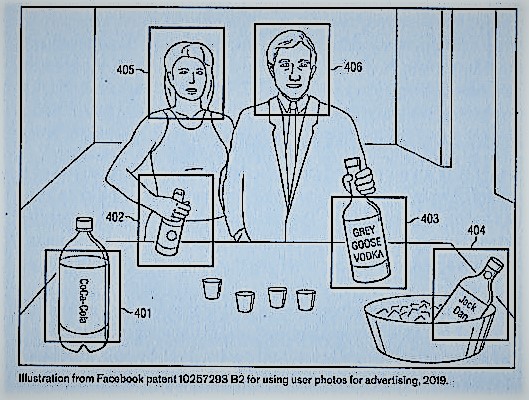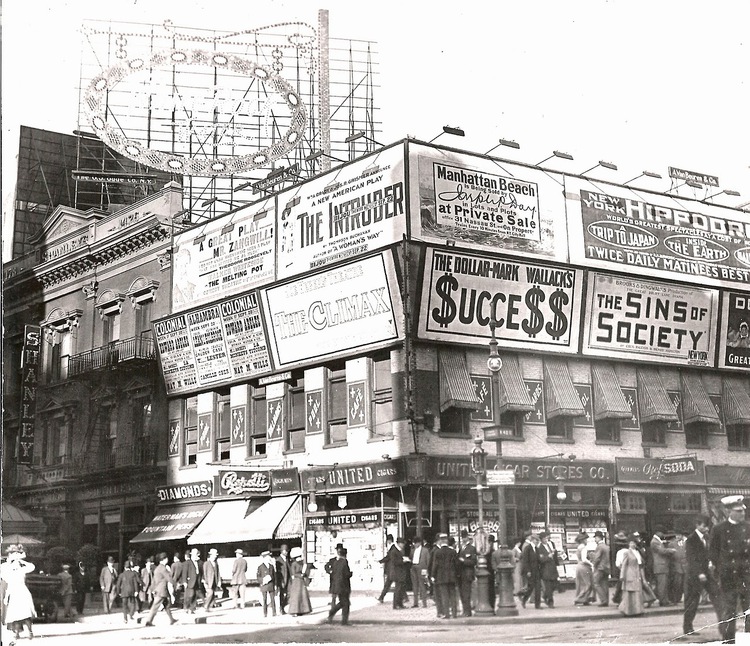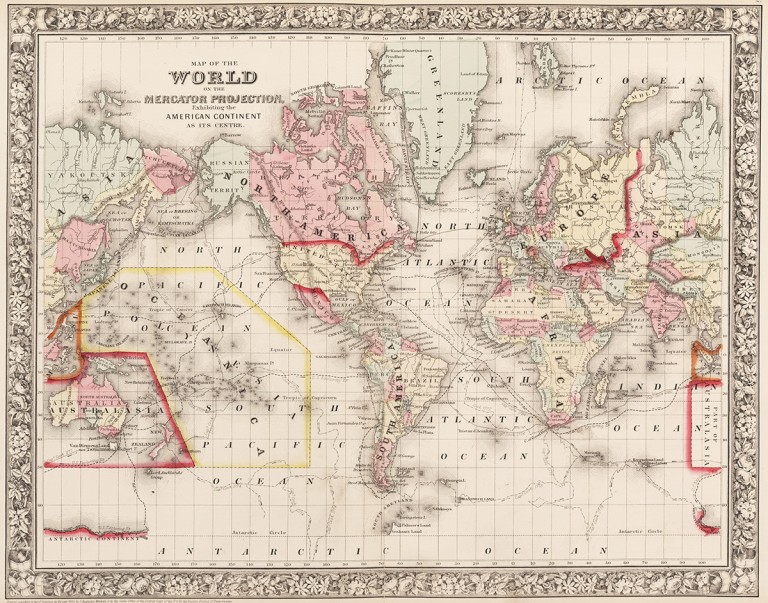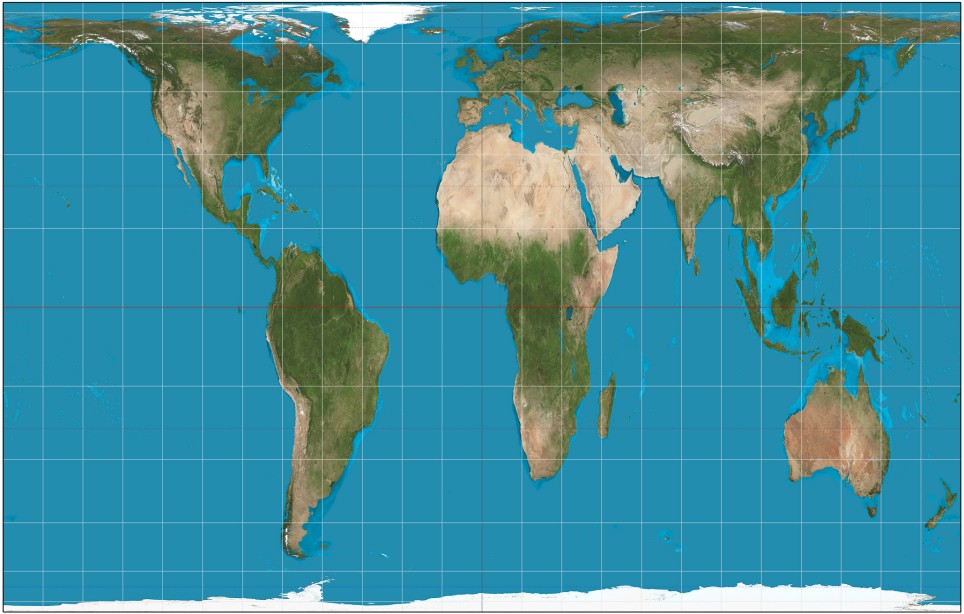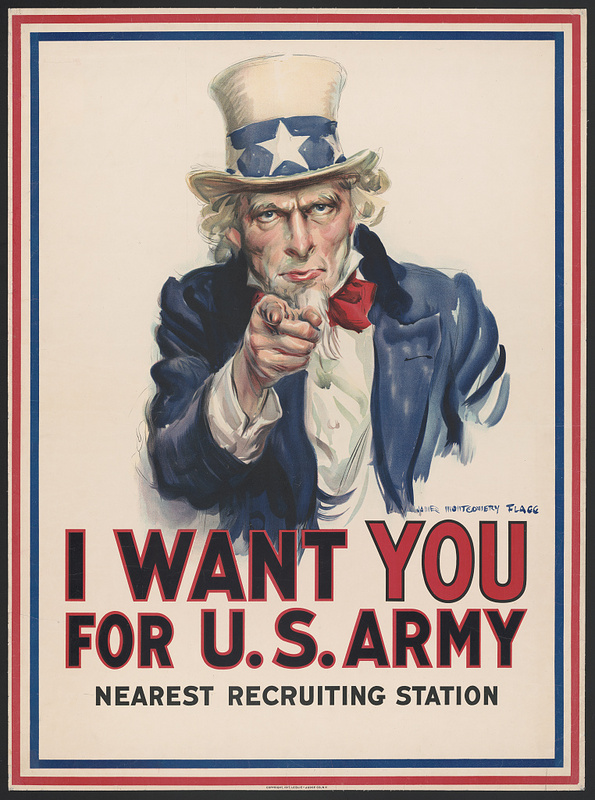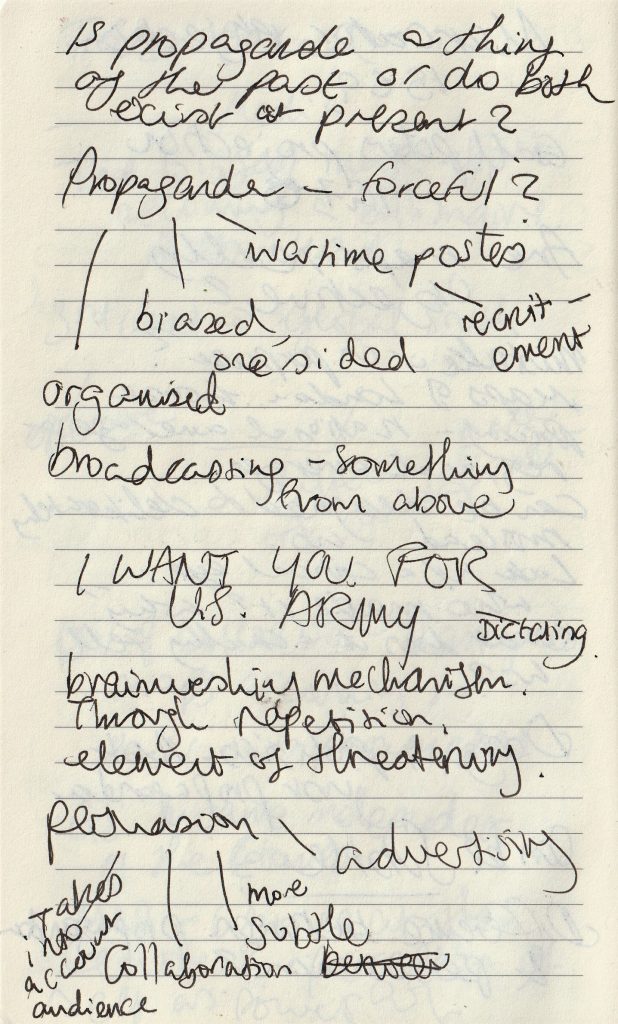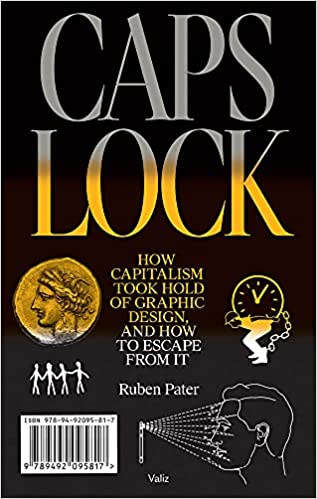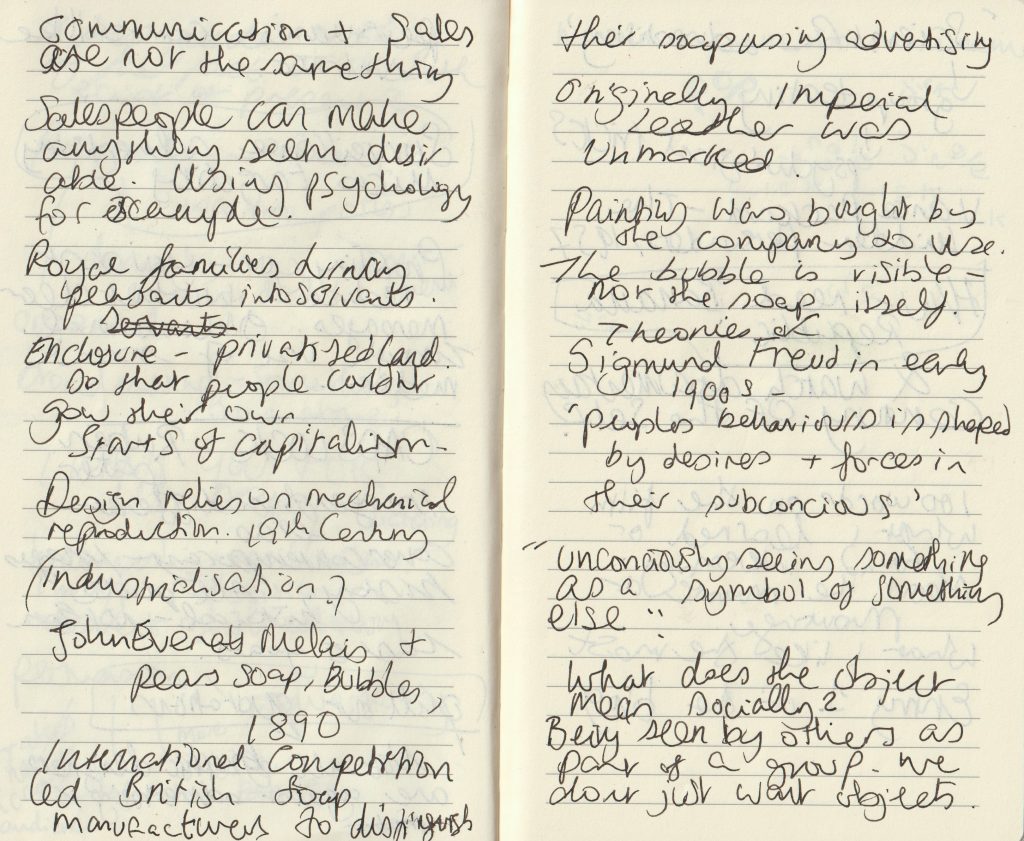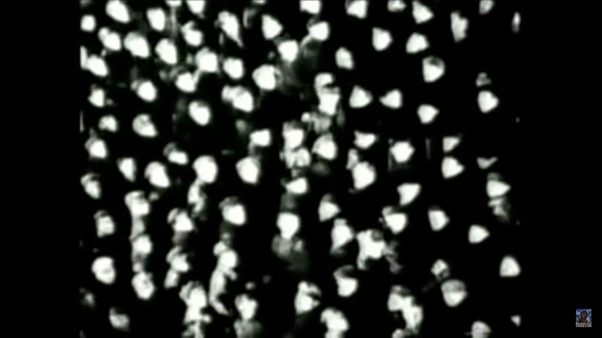This week, we began to think about the final presentation. We looked at some videos for inspiration on presenting and thought a bit further about what the presentation could contain.
I wondered what image could be controversial concerning the environment. Luisa explained that this might be an image from the 1980’s, where designs had no concern for the environment:
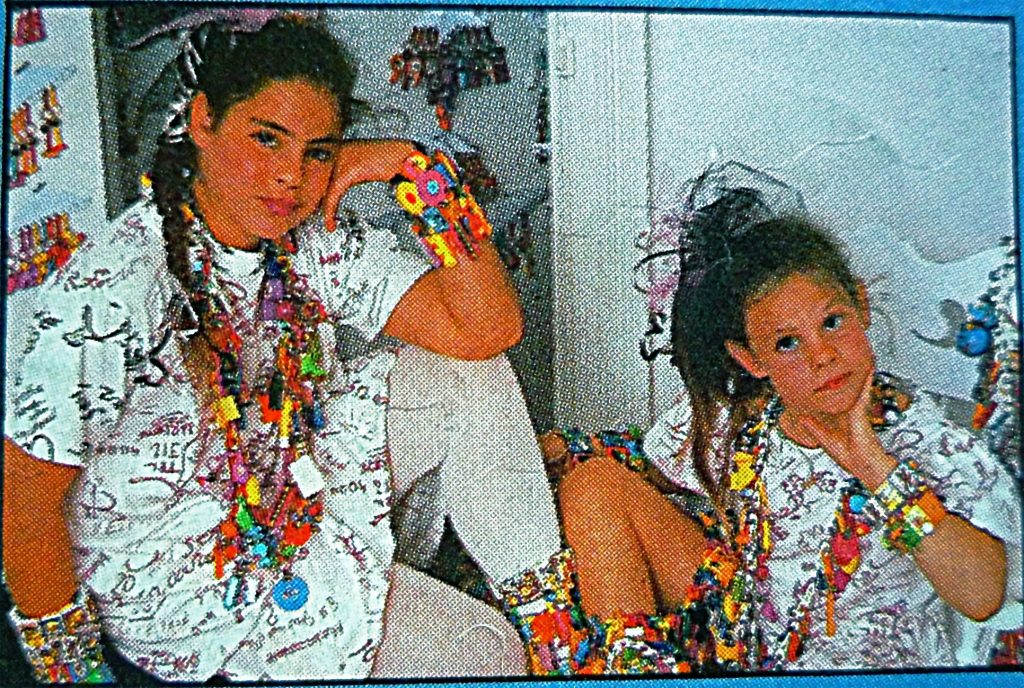
Including different images within the presentation may be useful because they help the audience with being able to compare and contrast with other images.
We considered how we could involve the audience: printing and distributing information or sending the presentation to classmates phones, for example.
The number of slides are not important.
A difficult task for me was to decide on the image. This means being selective and decisive, which is not one of my strong points. I began by collecting a series of images which are each problematic, though in different ways.
I searched the internet using these queries:
- Offensive childrens books
- Racial stereotyping in media
- Controversial illustrations
- Controversial artworks
- Racism in art
- Racism in adverts
- Class distinction
- Class biases in advertising
- Cultural bias in advertising
- Racial bias in media/the arts
which provided me with a few results which I saved.
I then took a trip to Brookes library to search for books about race, the media, advertising, culture and any other relevant topic.
I came across a few books that were helpful:
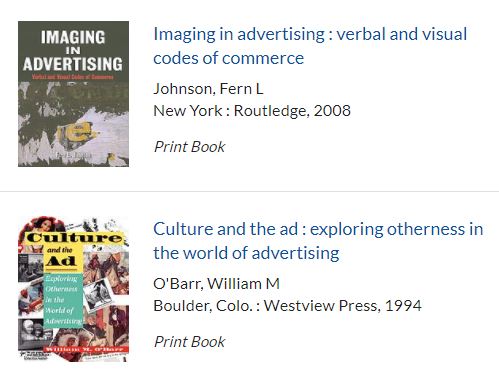

I decided to focus on advertising, for no reason other than I needed to narrow down my options. These images are all from advertising:
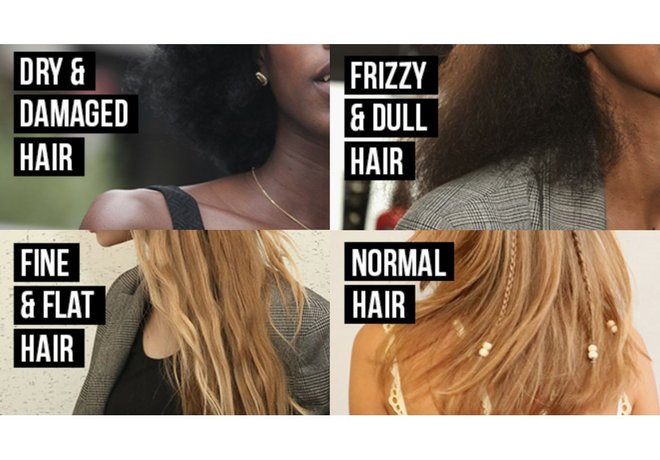
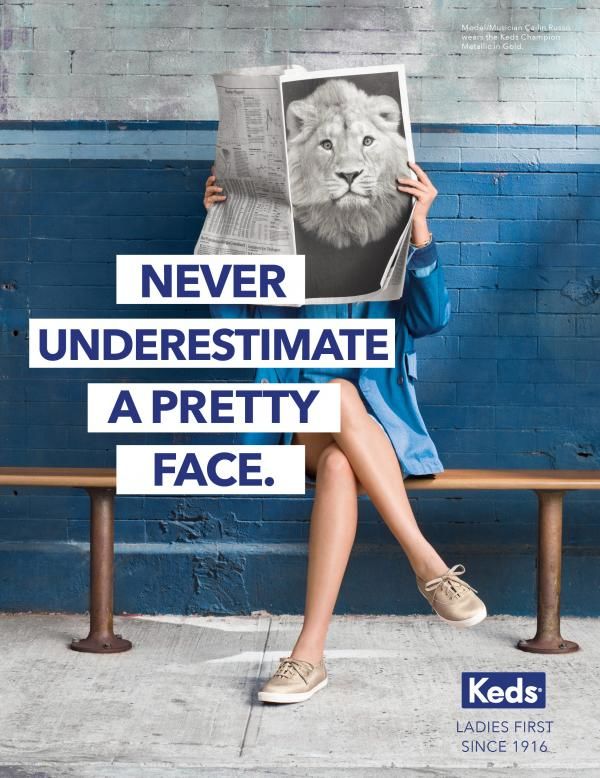
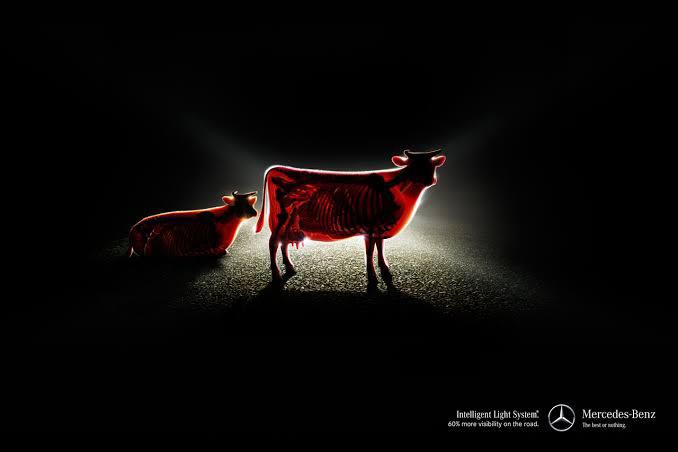
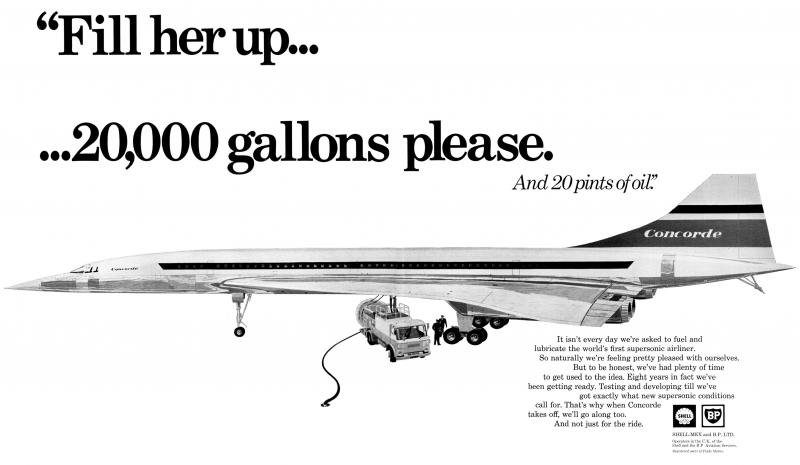
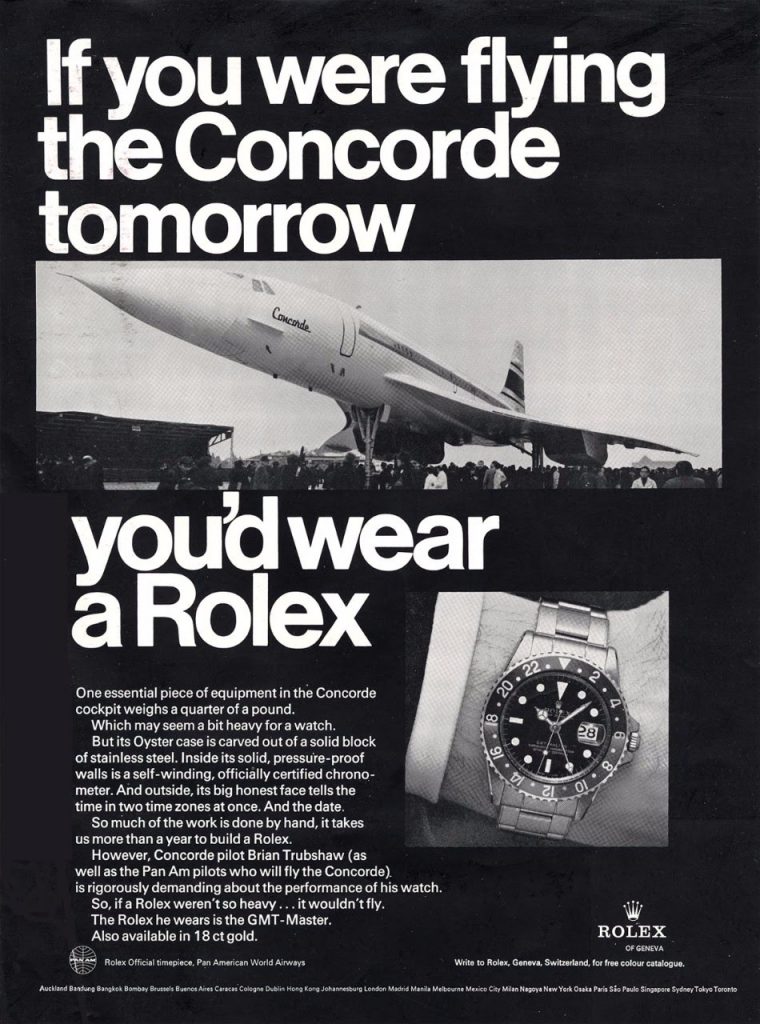
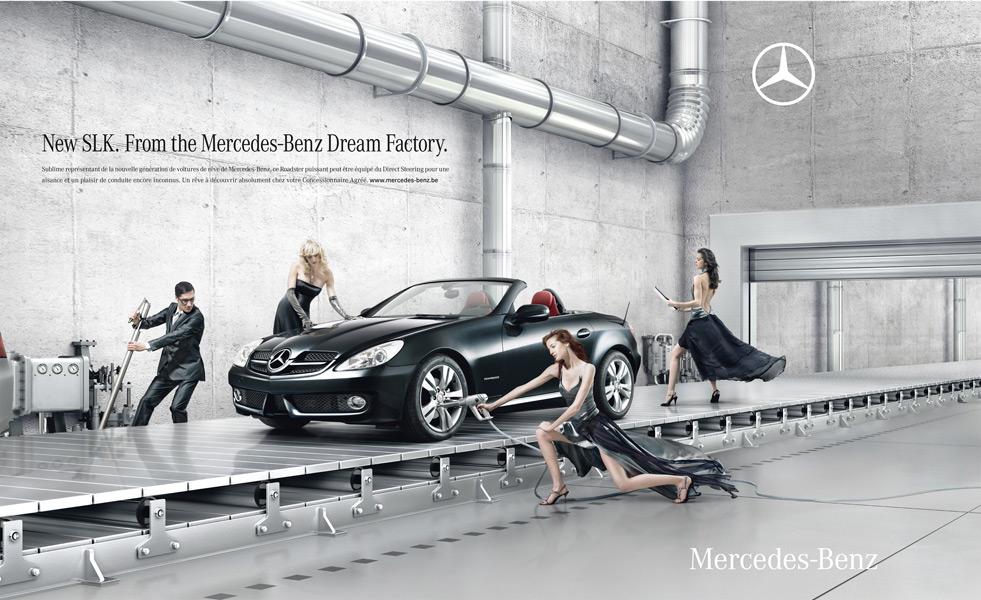
The ad below has a similar image to the Mercedes-Benz ad. It makes light of religious beliefs, by presenting caricatures of angels.
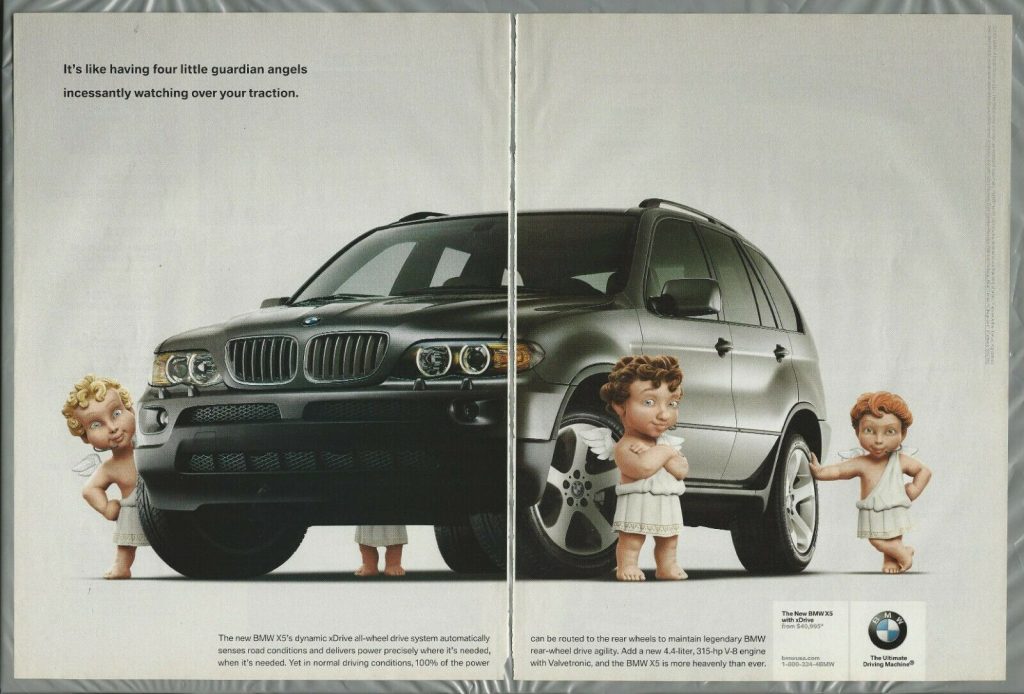
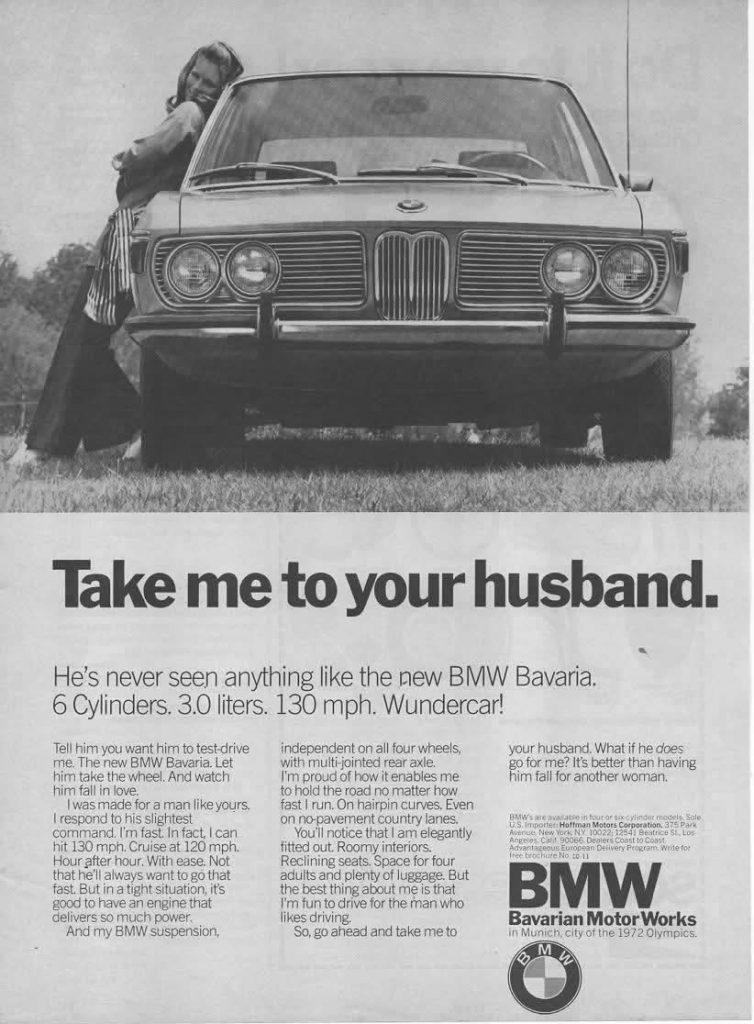
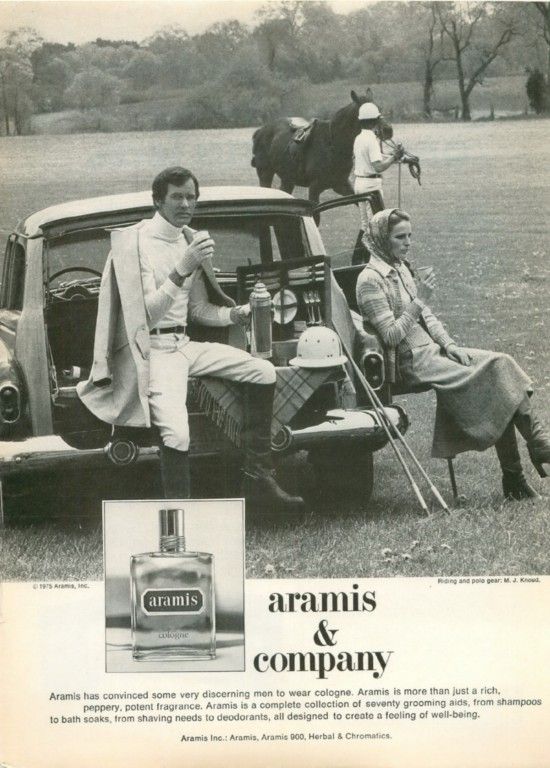

I then looked at 3 videos on youtube of TV adverts from the last century:
To help me decide, I asked myself the question: ‘What can I talk about for 7 minutes?’
I decided this was the Barbie advert, for a few reasons:
- I have personal associations to this product, as was a child at the time it was out and can remember very similar adverts. Personal anecdotes work well when giving a talk.
- This ad brings up questions from all the categories we have discussed over this semester.
- I felt strongly about all 3 adverts, but perhaps mostly about the Barbie ad because it is aimed at children.
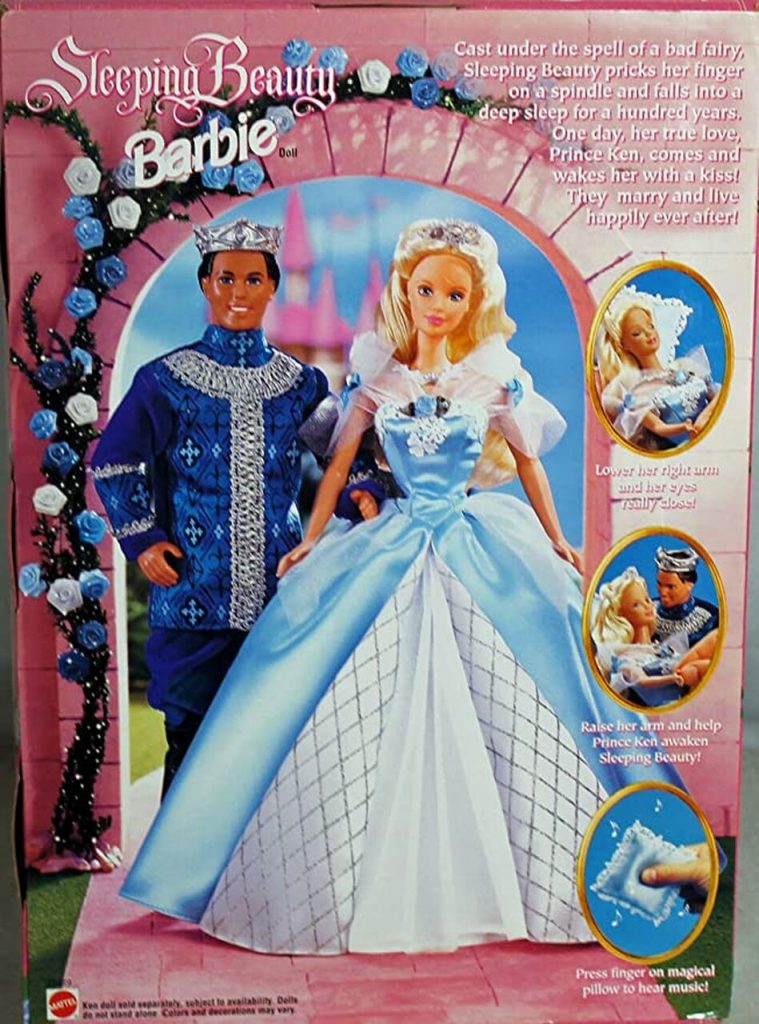
I began making notes and collecting images about this image, the subject and the product itself.
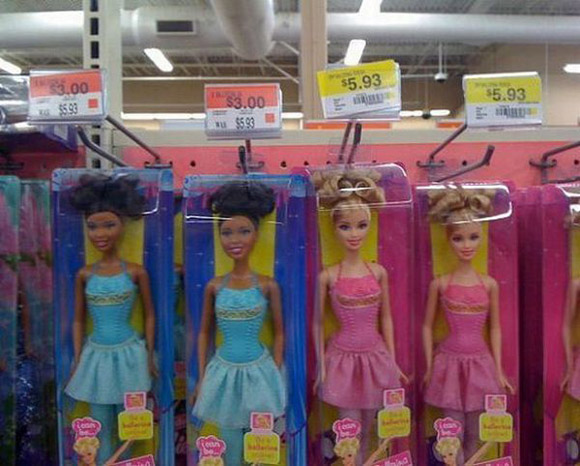
I then made a digital mind map of these ideas:


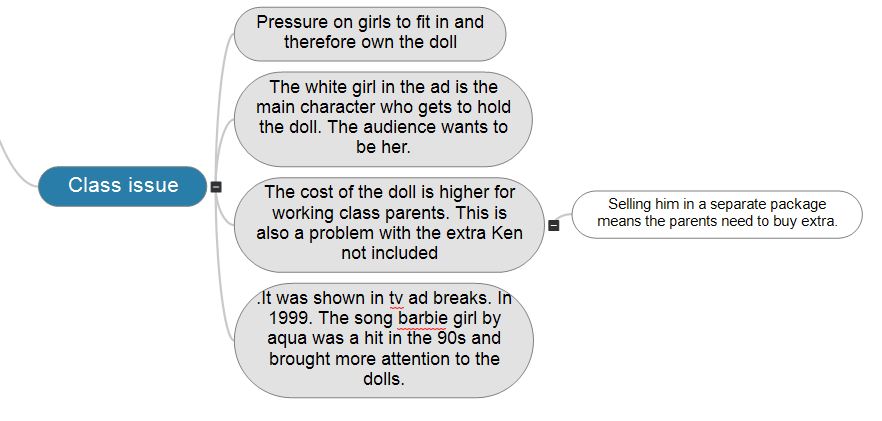
I started to write a drawing board for the presentation, starting with just words.
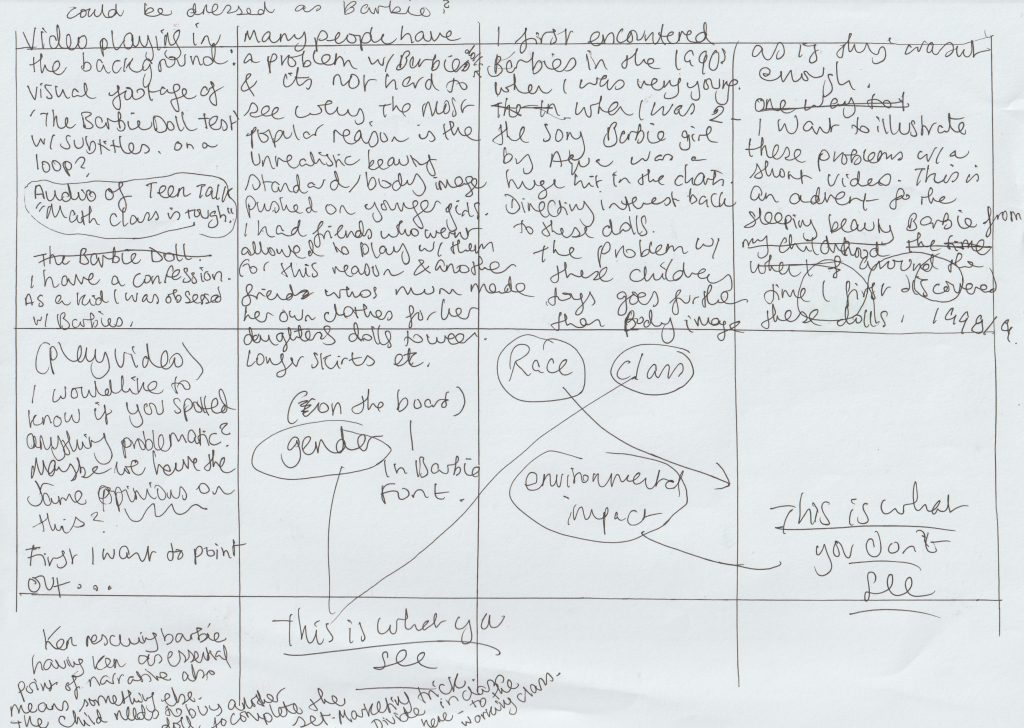
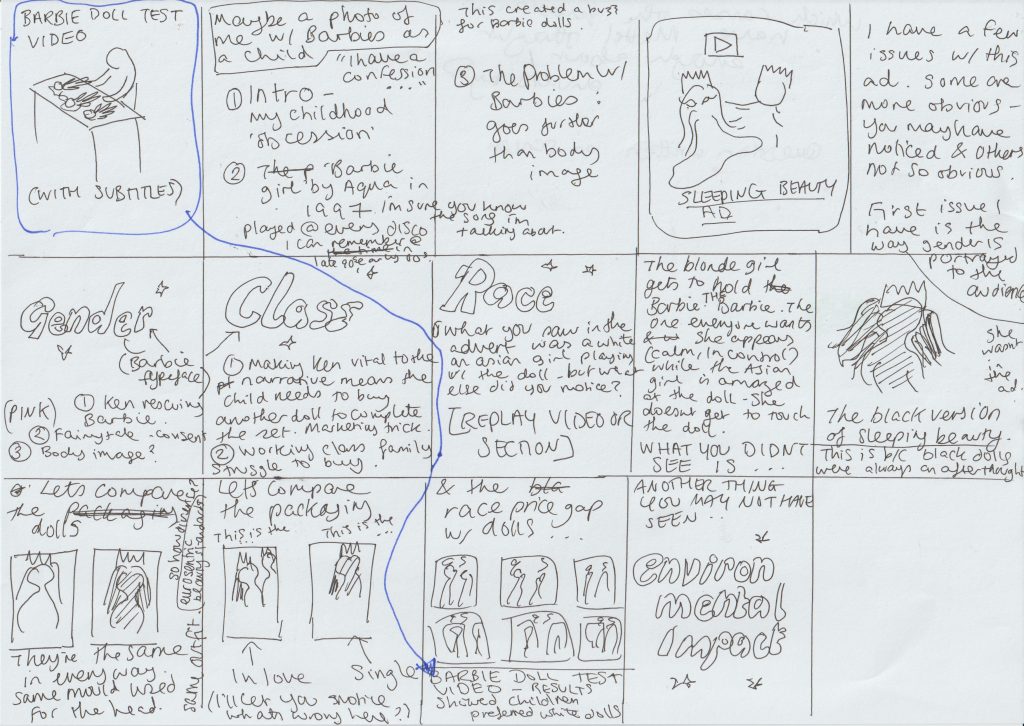

How to present?
Looking at a few examples of people’s presenting styles is good inspiration because people have different styles and approaching that are effective for different reasons.
Irma Boom video-
- Book designer, based in Netherlands
- How she presents
- She is filming her desk and presenting her books using the live camera
- Her tone is performative, personal “Can you imagine?”
Metahaven-
- Utopian design. (Art and design combined)
- They work together to question each other. A way we could do this in our presentation: displaying the question on the screen or getting a classmate to participate with questions
- Their presentation becomes more personal and opinionated.
- They are reading the book with the audience.
We could make the journey apparent that lead us to choose an image.
Can be speculative- an alternative to what the ad could be.
What about white working class? (Novara Media)-
- Humourous tone
- How to show your artifact? Zooming in and out, photomontage
- Presenting the object as it was seen originally e.g. in a shop.
- How to shift from a to b. Using a sound or a rhythm.
- Voice over or a sound played over if its relevant.
- Poll if the public agree with your point?
- Words pop up on the screen
- Presents a problem, explains, then conclusion (narrative curve)

